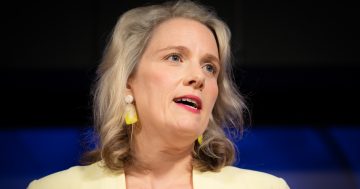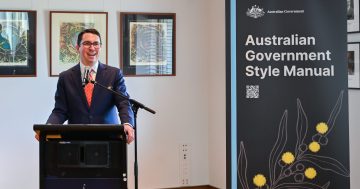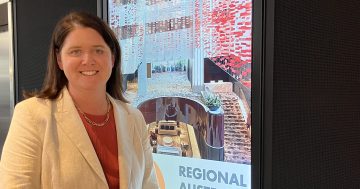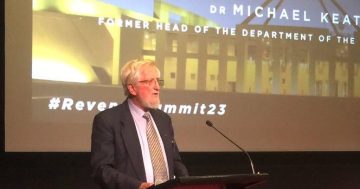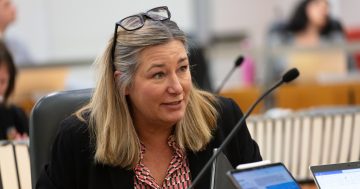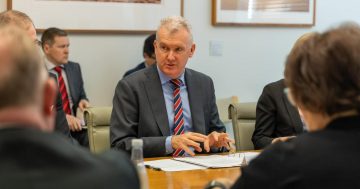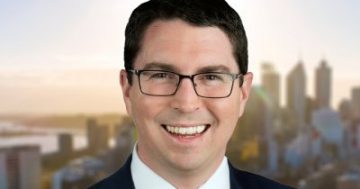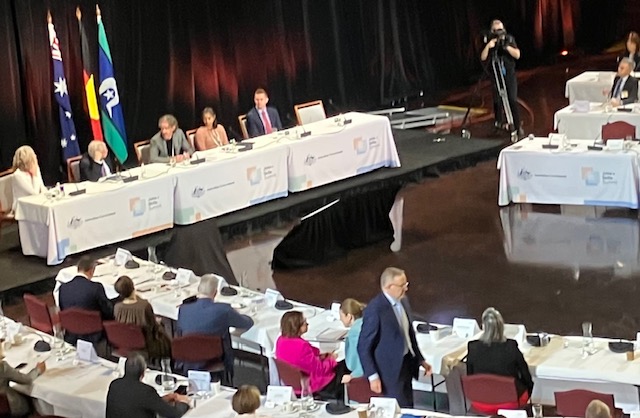
Day two of the Jobs and Skills Summit at Parliament House. Photo: Region.
Public servants are expecting to be thrust into overdrive as a result of the Federal Government’s two-day Jobs and Skills Summit that brought together at Parliament House leaders from across political, business, union and community sectors.
Almost all government departments will have roles to play if changes discussed at the summit are implemented.
Processing requirements of mooted changes are huge, particularly with the tight time frames the Government is setting for some initiatives it is preparing to adopt.
The Department of Home Affairs and the Department of Employment and Workplace Relations will have the immediate tasks of preparing for changes as a result of summit outcomes.
The skilled migration cap will increase to 195,000 this financial year as a key initiative aimed at helping tackle the nation’s worker shortage.
Home Affairs Minister Clare O’Neil announced the decision on the second day of the conference, saying projections show thousands more nurses and engineers settling in Australia this year as a result of it.
“One of the big problems is that we’ve created one where it is very easy to come as a temporary worker, probably in a pretty low-skilled job, but virtually impossible to come here permanently as a high-skilled worker,” she said.
“We need to think about migration as a driver of productivity and great jobs. The system in place today doesn’t help us do that.”
The announcement was largely welcomed by business and union groups, with union leaders also insisting the move should not take a focus away from training local workers.
That sentiment was echoed by Treasurer Jim Chalmers who said training Australians must be the bigger priority.
“There is a role there for lifting the cap cautiously but not in isolation and not as a substitute for some of the other things we have to do,” he said.
Ms O’Neil also noted that the changes would have implications for housing in Australia.
“If we’re going to have a discussion about increasing the skilled migration rate, it’s got to be coupled with a discussion about housing and real investments, so we’ve got a home for everyone who comes here,” she said.
The developments all add up to workloads and focuses changing for many in the Australian Public Service.
Region contacted a number of senior public servants across agencies, with mixed views being expressed about the news.
“It’s good to see the Government getting on and doing things, so overall this is a positive step in the right direction,” one said.
“But yes, it does mean a lot of work for us. But that’s why we’re here isn’t it?”
Another said workloads are expected to increase as legislation is being prepared and changes implemented.
“New government, new rules, more work for us. We’re used to it,” they said.
And another expressed concern over how much would be demanded of the public service to convert the announced changes into reality.
“We’re already stretched. These changes will take us to the limit … and push us over it,” they said.
One high-ranking public servant suggested the Government will need to keep hiring consultants if it keeps increasing the public sector’s workloads.
“Contractors, contractors, contractors.”












